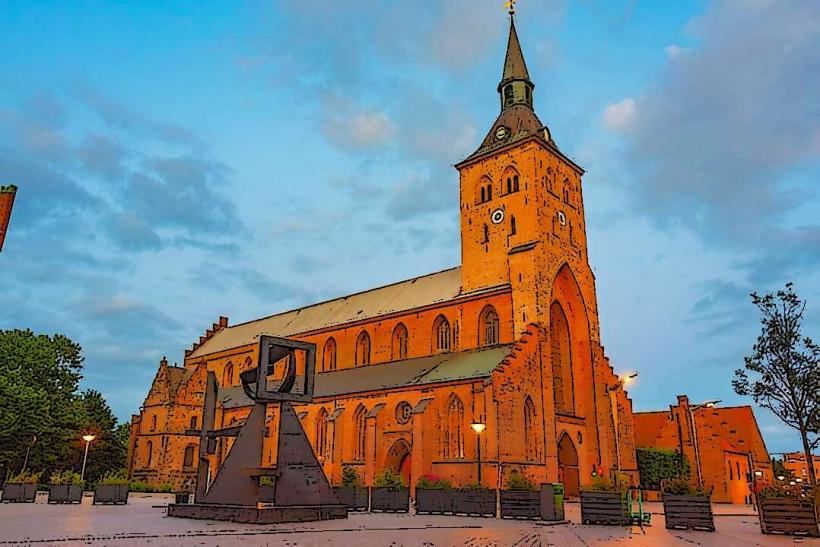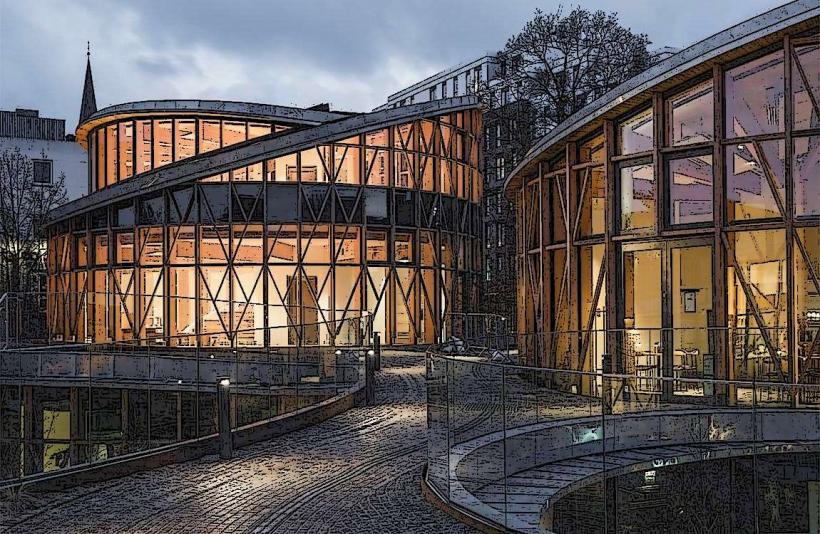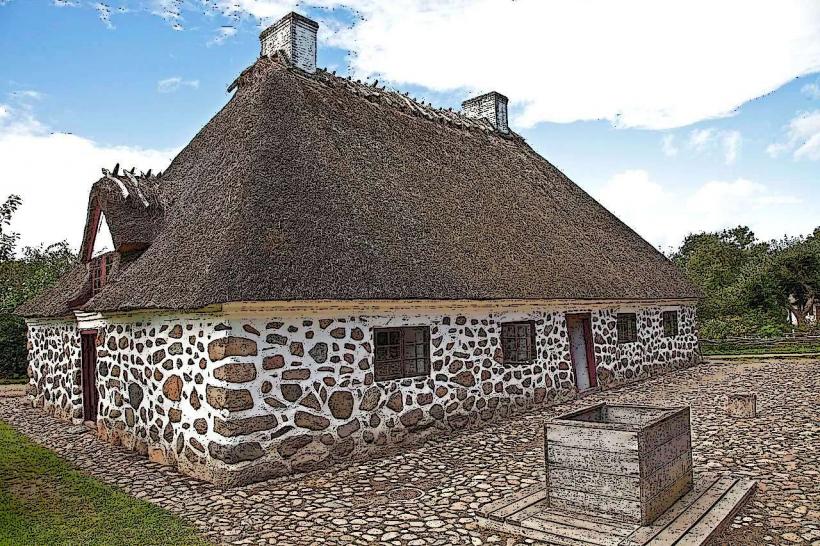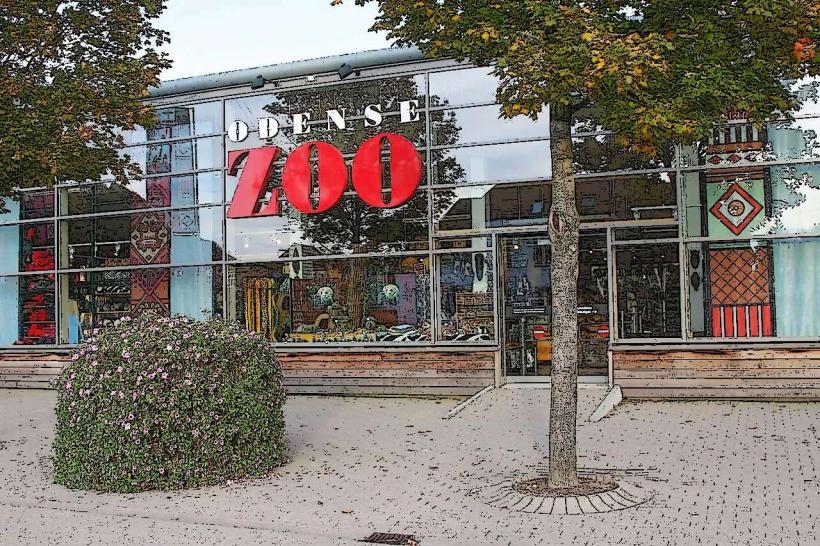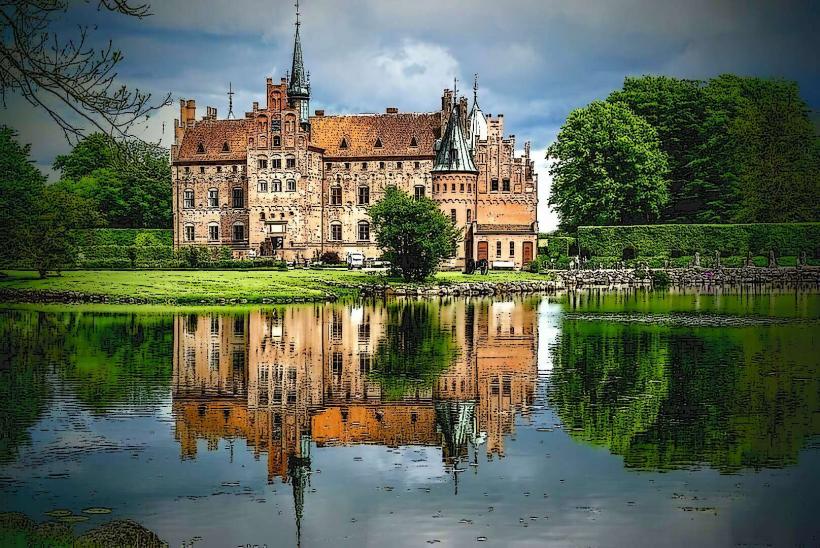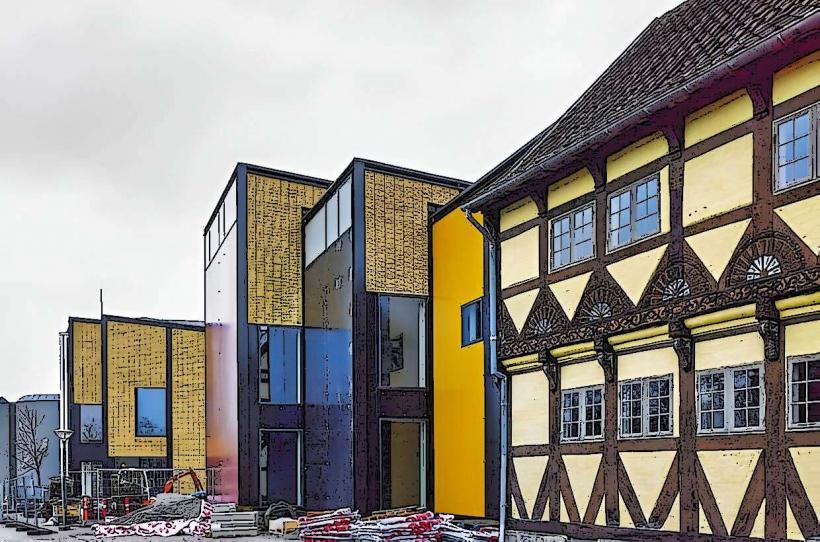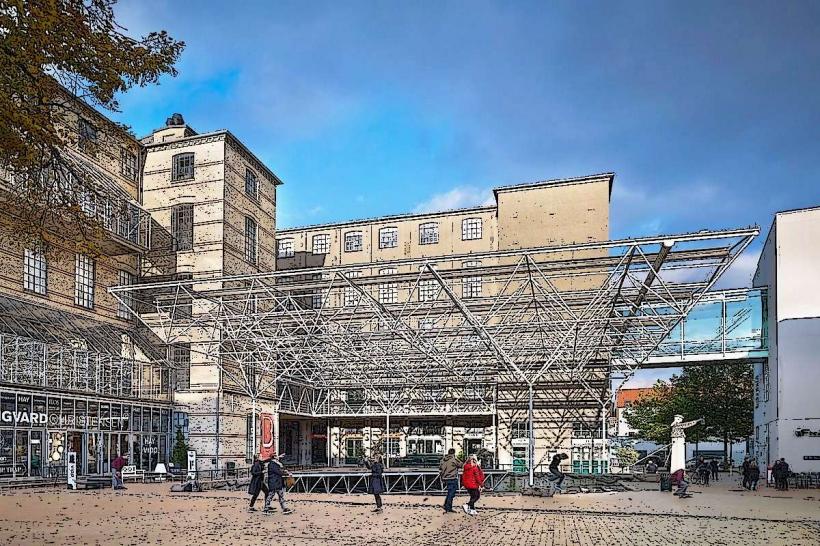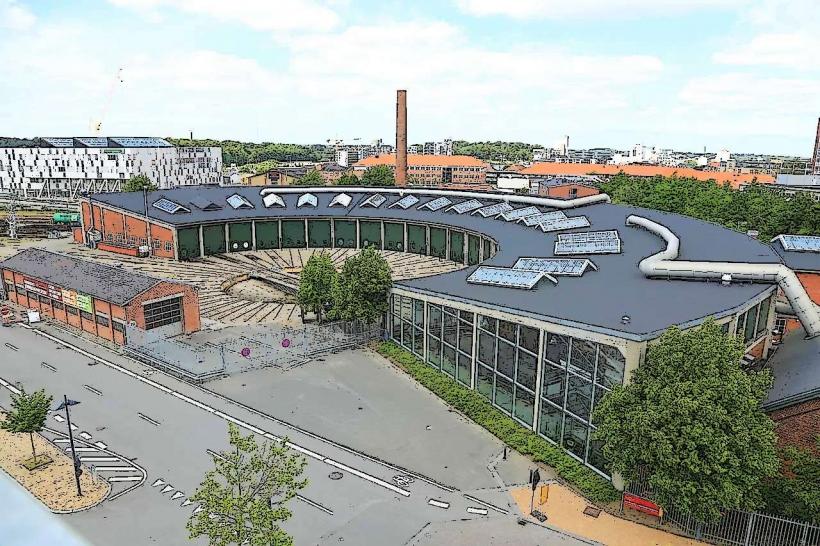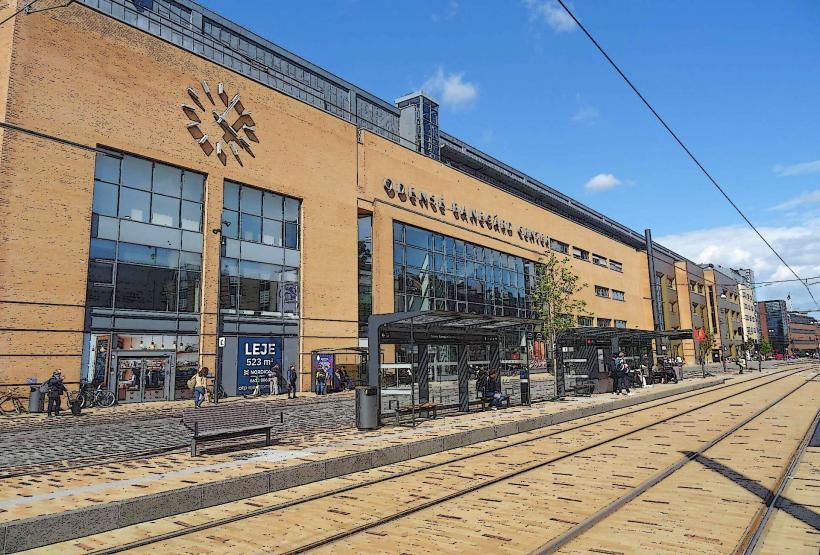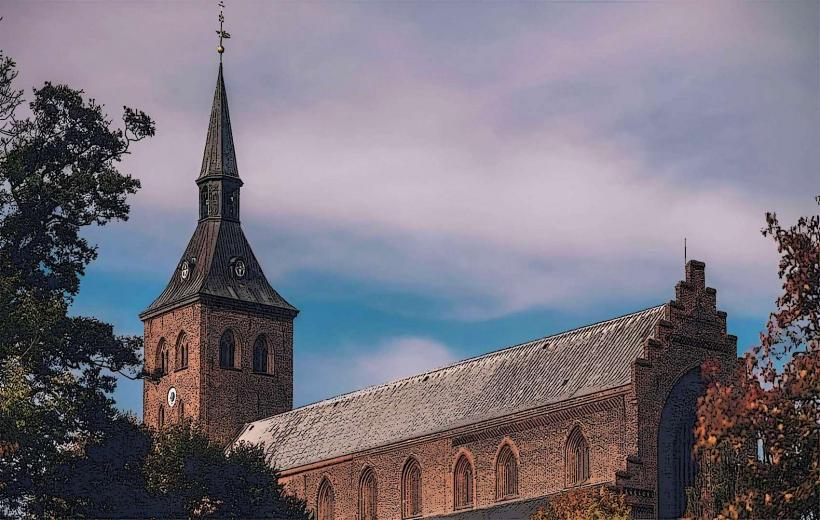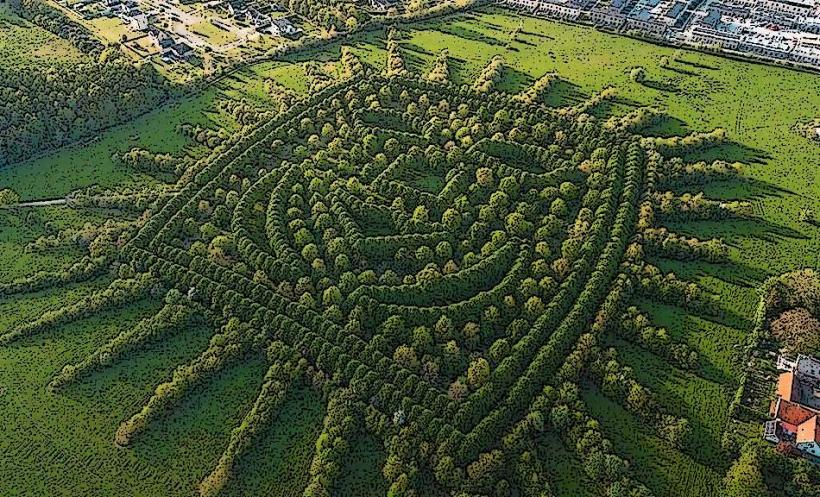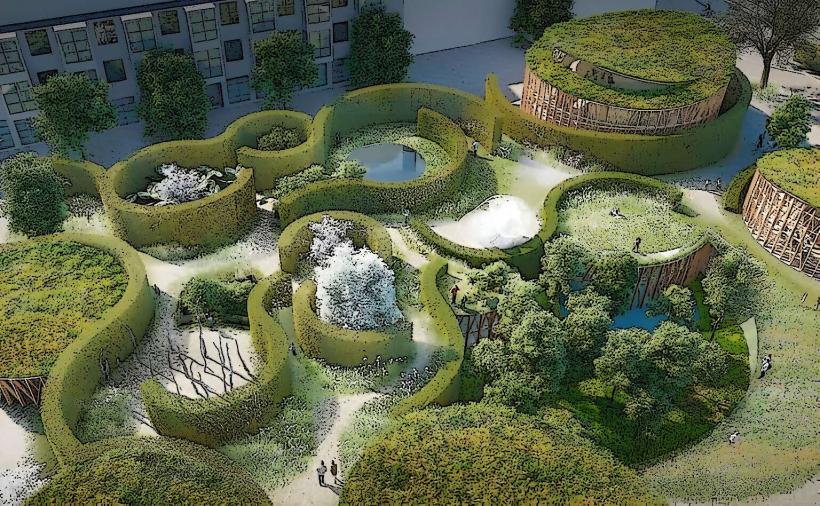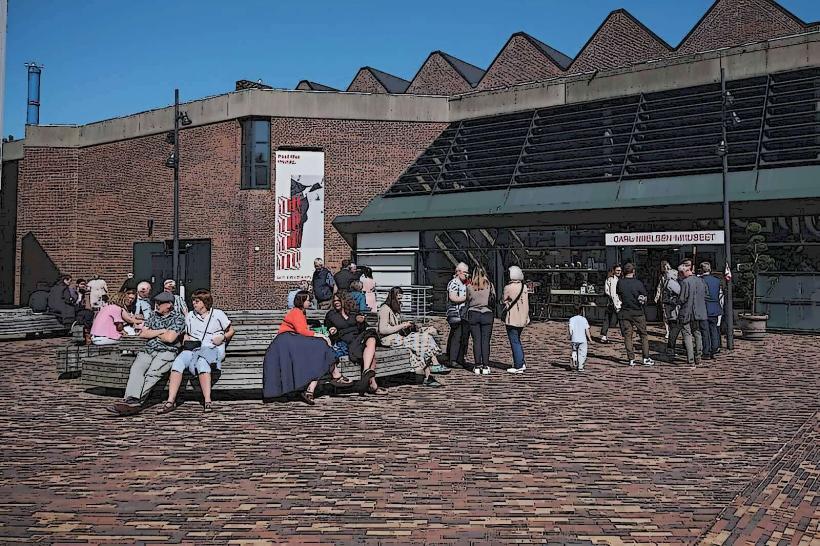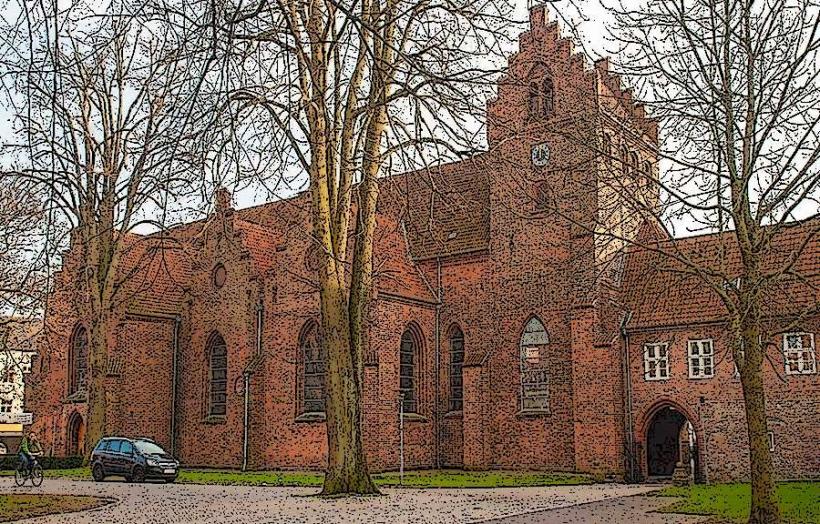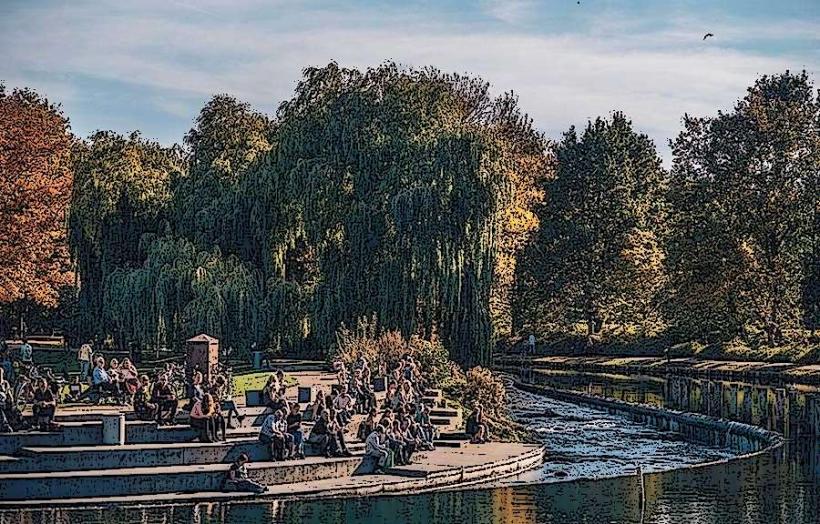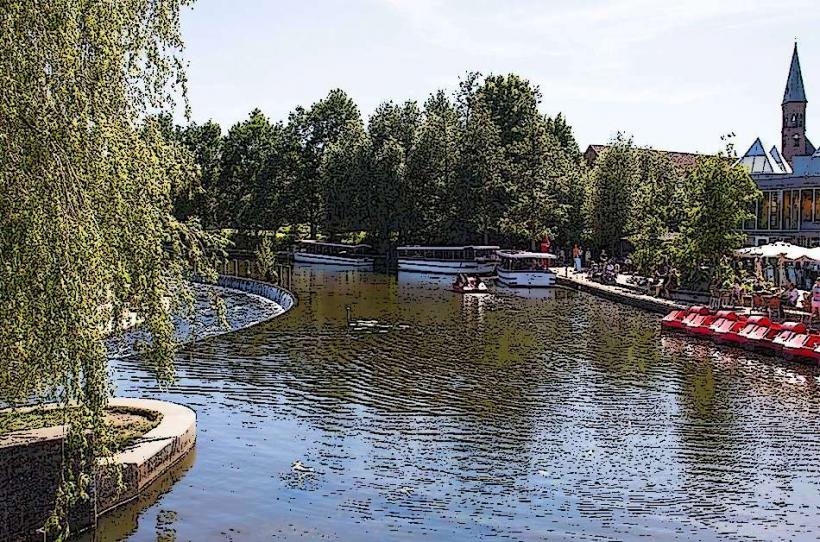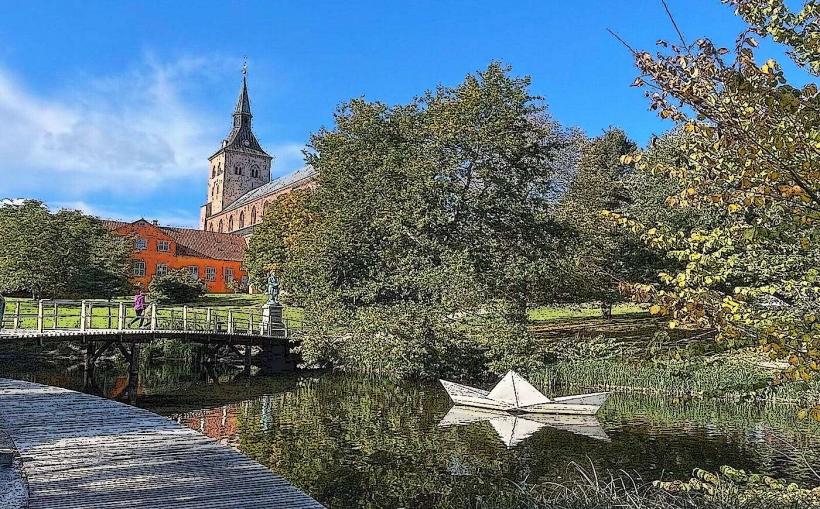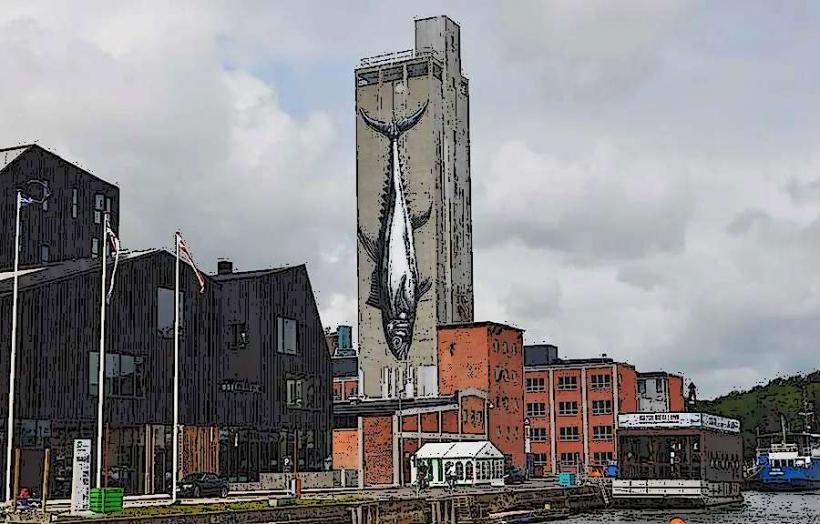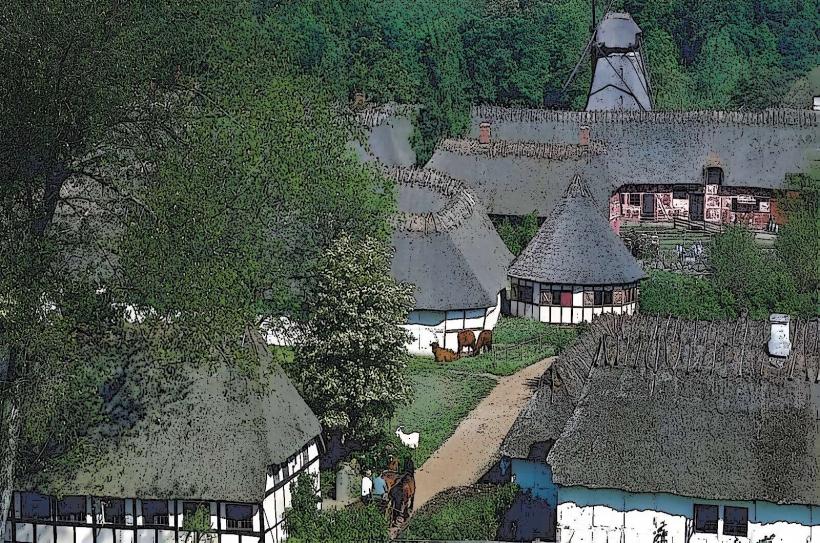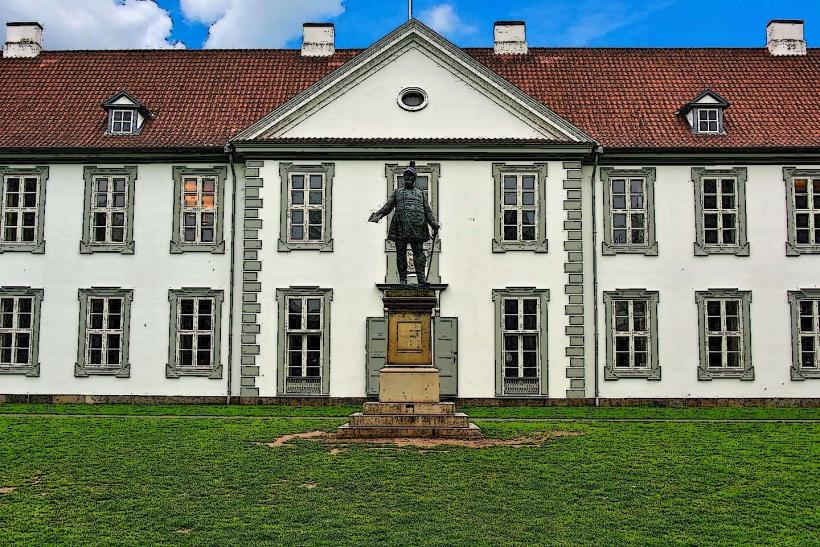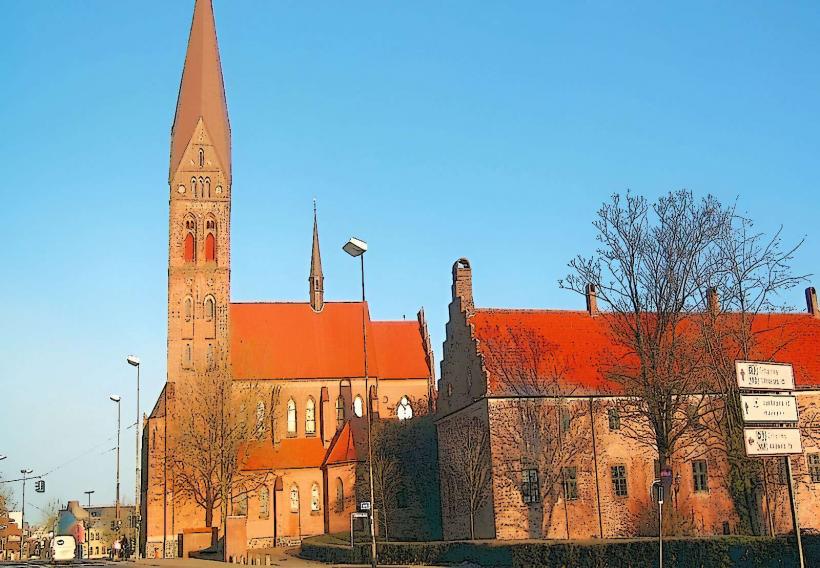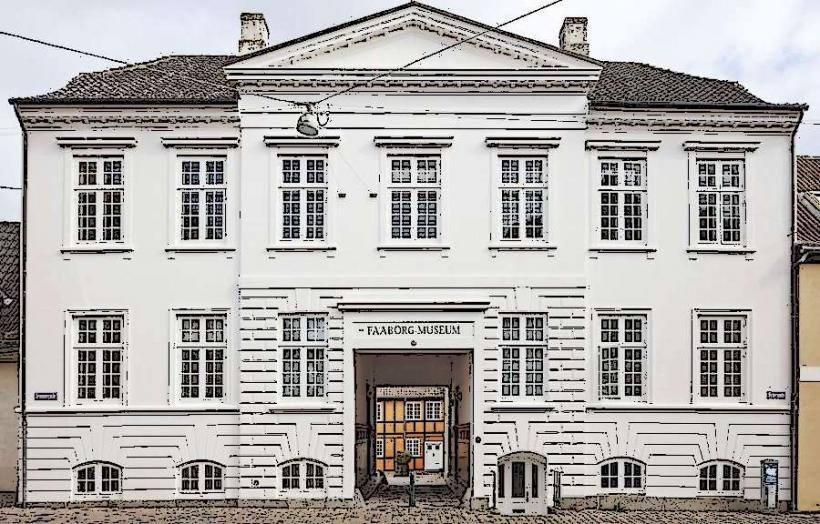Information
Landmark: Odense City HallCity: Odense
Country: Denmark
Continent: Europe
Odense City Hall (Danish: Odense Rådhus) is an important historical and administrative building located in the center of Odense, Denmark. It serves as the seat of the municipal government and is one of the city’s most iconic architectural landmarks. With its combination of historical and modern elements, the city hall is a symbol of Odense's growth and development over centuries.
Overview and History:
The current Odense City Hall was built in stages, with its construction spanning from the 19th century to the early 20th century. The city hall’s location has historically been at the heart of the city’s civic life, and the building’s design reflects both the rich cultural heritage of Odense and the evolving role of the municipal government.
Key Phases of Construction:
Initial Foundations:
- The original city hall in Odense was a much smaller building, located on the Kongen Street (now Flakhaven), and dates back to the 16th century. This older structure was used primarily for administrative and judicial purposes.
Construction of the Current Building (19th Century):
- The present city hall building was constructed in 1882, designed by the architect Vilhelm Dahlerup in a Neo-Renaissance style. The building’s design blends Renaissance and Baroque elements, typical of the architectural trends in Denmark during the late 19th century.
- The city's administrative functions were moved to the new city hall, which was meant to reflect the growing importance of Odense as a regional center.
Renovations and Extensions:
- Over the years, the building underwent several renovations and extensions to accommodate the growing needs of the municipal administration. The most significant expansion took place in the 1920s, when a new wing was added, extending the building towards Flakhaven Square and modernizing the interior to suit the needs of the 20th century.
- Further modernizations were done in the 1970s and 1990s, which brought updated facilities, while the exterior of the building maintained its traditional charm.
Architectural Features:
The architecture of Odense City Hall is a blend of classic styles with a touch of modern functionality, reflecting both the historical context of the city and the evolving needs of the municipal government.
Facade:
- The main facade of the city hall is characterized by neo-Renaissance elements, including columns, arches, and decorative moldings. The central entrance is adorned with a prominent clock tower, which stands as a central feature of the building and a landmark for the city.
- The facade is composed of red brickwork with detailed stonework, showcasing the craftsmanship of the time.
Interior Design:
- The interior of the city hall has been carefully preserved, with some areas retaining original features from the 19th century. These include wooden paneling, elegant staircases, and stained glass windows, which provide a glimpse into the grandeur of the building’s earlier days.
- The great hall within the building is used for official events and gatherings, and its architecture is designed to convey a sense of authority and tradition. High ceilings, ornate chandeliers, and fine detailing create a stately atmosphere for municipal functions.
Clock Tower:
- The clock tower of the city hall is one of its defining features. Standing tall above the city, the clock tower has been a part of the skyline of Odense since the late 19th century and continues to be an important marker for locals and visitors alike.
Flakhaven Square:
- The city hall faces Flakhaven Square, which serves as a central public space in Odense. The square is used for events, markets, and gatherings, making it a lively area that complements the city hall's role in the community.
- The city hall’s proximity to the square means that it is frequently involved in the social and cultural life of Odense, with the building being a backdrop for numerous public events, including civic celebrations, concerts, and festivals.
Function and Role:
As the seat of the municipal government, Odense City Hall is where the city’s mayor and other elected officials conduct their business. It houses the city council chambers and offices for the administrative staff, and is a hub for local politics and governance. In addition to its official functions, the building also serves as a symbol of civic pride for the people of Odense.
Notable Features:
Public Events and Civic Celebrations:
- Odense City Hall is the location of key public events, including the annual New Year’s reception, award ceremonies, and celebrations related to national holidays. It also plays a central role during Odense’s annual festival, when the square in front of the city hall is transformed into a gathering space for various cultural activities.
Guided Tours:
- The city hall is occasionally open for guided tours, where visitors can explore its historical chambers and learn about the building's significance in Odense's civic life. These tours also give insights into the architectural heritage of the city.
Art Installations:
- The city hall is also involved in promoting local culture, including the occasional display of art exhibitions and installations within its halls. This further connects the building to the city's cultural scene, as it often hosts art and design exhibitions that are open to the public.
Accessibility:
- Odense City Hall is located in the heart of the city, making it easily accessible for visitors by foot, car, or public transport. The proximity to other key attractions, such as Hans Christian Andersen's House and Odense’s pedestrian street, makes it a key point of interest for tourists exploring the city center.
Conclusion:
Odense City Hall is a significant landmark in Odense, both as an architectural gem and as a symbol of the city’s civic life. Its combination of historical architecture, central location, and role as a hub for local governance makes it an essential part of Odense's identity. Whether you're interested in history, architecture, or the city’s political life, Odense City Hall offers a fascinating glimpse into the city's past and present.

